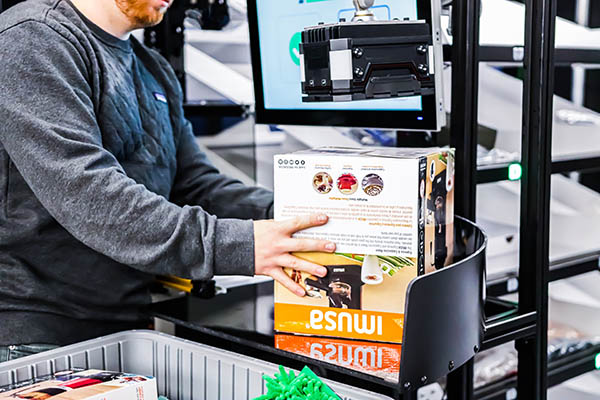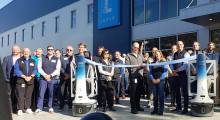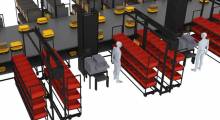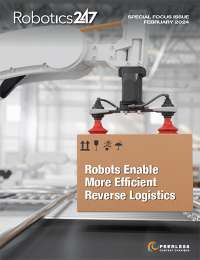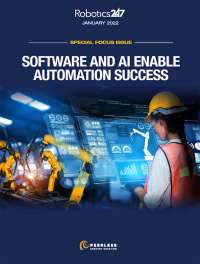The speed with which e-commerce vendors delivered goods this past holiday season put smiles on millions of consumers' faces. But for vendors, there’s often a steep price—returns.
Close to 30% of all e-commerce orders are typically returned by consumers. Projections indicated that by the end of January, consumers would return about $120 billion of goods following the holiday season.
Keeping consumers happy while preventing returns from eating into profitability is the daily challenge of reverse logistics, an intensive, particularly labor-bound process that basically reverses the fulfillment process.
In addition, there are more quirks and exceptions, like non-uniform packaging of items returned by consumers and the extra step of goods inspection before items can be returned to inventory for resale or other dispensation.
This makes those “free and easy” returns for customers anything but that for e-commerce retailers and third-party logistics providers (3PLs). Free, no-hassle returns are a major driver of e-commerce growth, particularly in categories such as apparel, footwear, electronics, and luxury items. They're also considered a differentiator in the customer experience.
However, the average cost of an e-commerce return, regardless of the item value, ranges from $20.75 to $45.25, when factoring in the costs of transportation, processing, and markdowns/liquidation to resell.
To reduce the impact of these costs, retailers need to focus efforts on increasing the resale of previously purchased goods. All of this cuts into the retailers’ profitability.
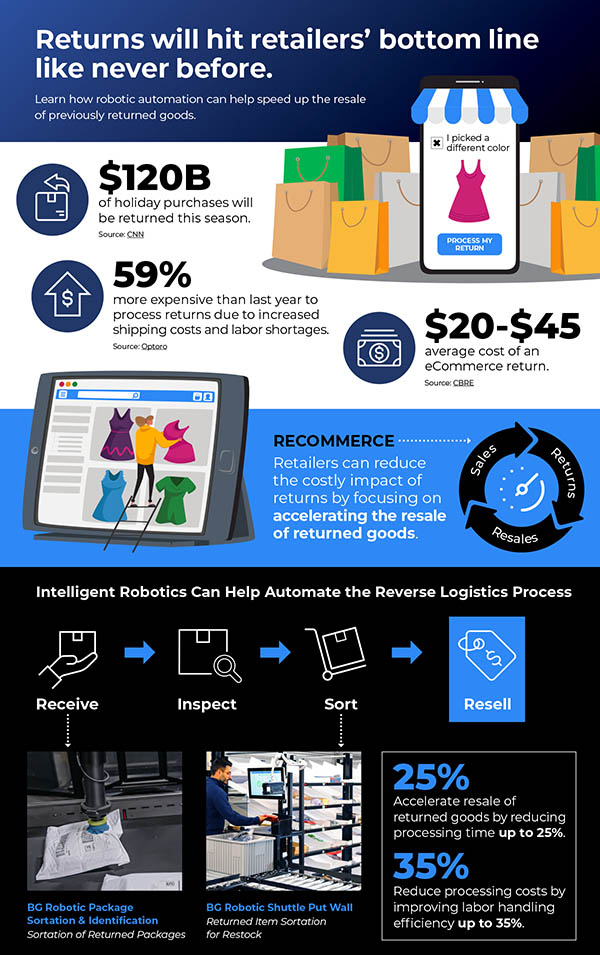
Automation to relieve pain points
E-commerce returns don't have to be so painful anymore. Reducing the volume of returns is probably a pipe dream, given that consumers have quickly become accustomed to easy returns. The priority for online retailers today is getting resellable merchandise back on shelves as fast as possible while optimizing labor utilization. It's no easy task.
By automating reverse logistics processes using artificial intelligence and robotics, retailers can reduce the time to recirculate returned items back onto the shelf and optimize labor productivity, ultimately improving profitability.
Step 1: Deploy robots to receive and bulk-sort returned packages
You can now robotically pick, identify, receive, sort, and containerize large assortments of packages prior to inspection. Returns will move faster from receiving to inspection, the latter of which is now more efficient because you’ve already sorted the returns by brand, category, or other key business identifiers.
Enjoy even more efficiencies by, for example, automatically triggering return package receipt confirmation without having to touch the individual packages. Any time you can avoid or reduce manual handling of returned packages is a big win, obviously. AI-enabled robotics broadens the opportunity.
Step 2: Automate the return-to-inventory process
Next, robotic put wall systems streamline the sorting of individual items for fast restocking or other dispensation.
Automated put walls have shown that this step can reduce sorting labor by up to 70% and improve individual item sorting throughput by up to 3X. They can also shorten the time to get goods back into inventory or moved to refurbishment up to 25% faster than manual processing.
Step 3: Optimize and fine-tune robotic returns workflow
This, more than anything else, can give you a competitive advantage over others who’ve discovered the transformational power of automation for reverse logistics.
Take advantage of the increasingly advanced technology and systems-integration expertise available today to integrate best-in-class components into a solution that fits your reverse-logistics process to a “T.”
Continual attention to workflow with data-driven analytics can help you get the maximum value when integrating automated and non-automated steps. For example, this can help minimize exception handling and other cost sinks.
The more responsiveness you can build into the steps above—this is where AI really comes in—the more you can optimize reverse-logistics processing.
The current state of the art
Berkshire Grey, an AI-enabled robotics company that automate supply chain processes, recently announced the availability of its Reverse Logistics system. It is designed to speed up returns processing to get goods back into inventory or moved to refurbishment up to 25% faster than manual processing.
In addition, the product can reduce processing costs by improving labor handling efficiency by up to 35%.
Berkshire Grey's Reverse Logistics solution includes its Robotic Product Sortation with Identification (RPSi) and Robotic Shuttle Put Wall (RSPW) systems, both of which are specifically configured to efficiently process returns. Both systems can improve labor utilization and speed up the overall returns handling process to make returns less costly and ultimately more valuable to the sellers.
By applying automation, retailers and 3PLs can change the equation for e-commerce returns and turn a negative into a positive.
“A great reverse-logistics supply chain can be a valuable profit contributor to a retail company through its ability to optimize the resale of returned merchandise at full price,” said Tom Enright, an analyst at Gartner Inc.
Article topics
Email Sign Up

